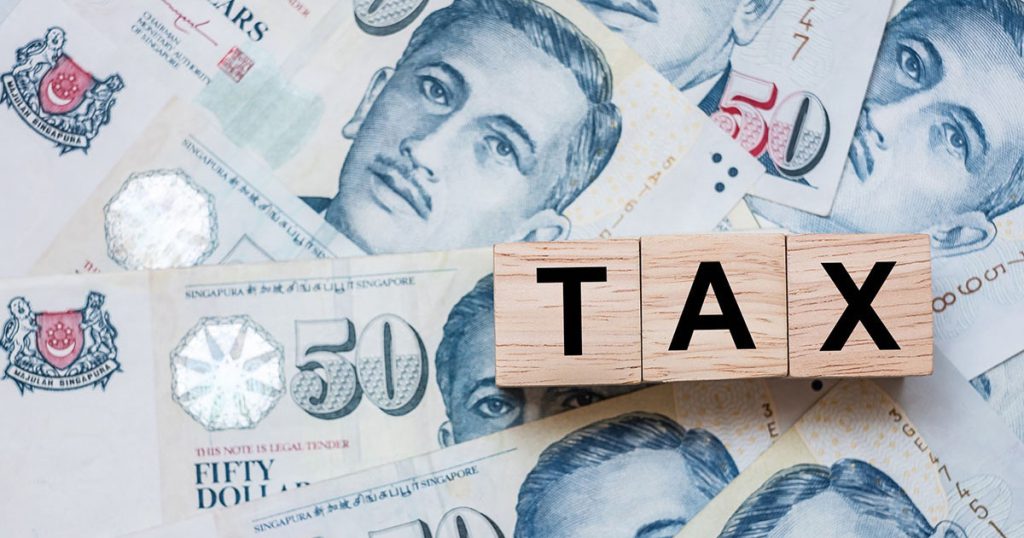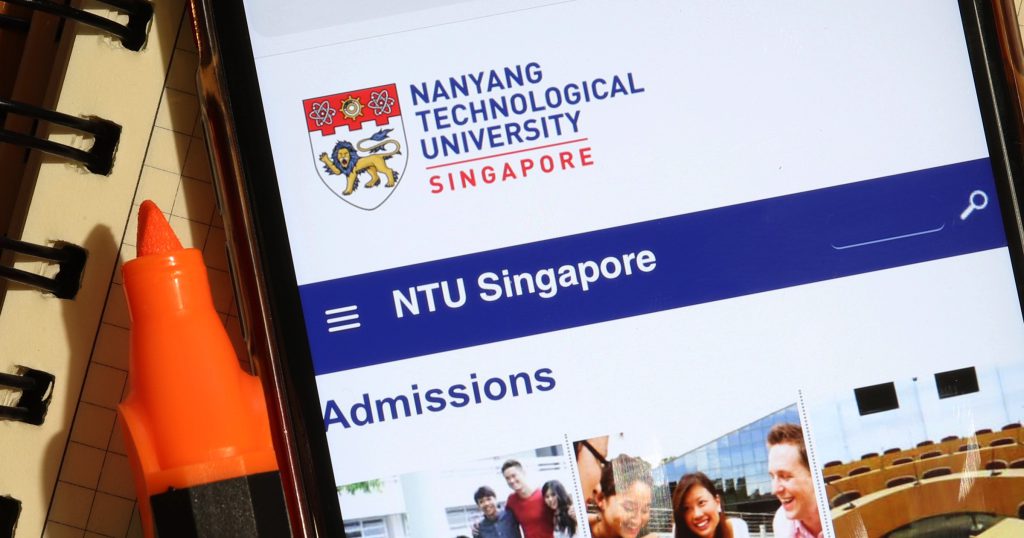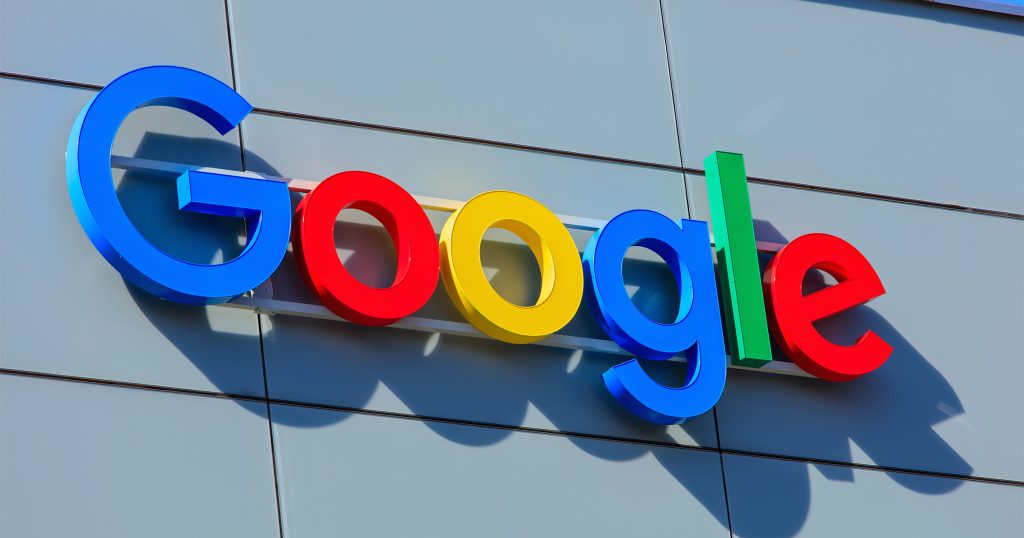It has seemed to me that the discussion about the impact of GST in Singapore has long been hamstrung by the difficulty in gauging the impact that the tax (and its planned increases in the coming two years) has on various groups of Singaporeans.
It is well-known, of course, that the government is running support programs, sending cash or offering rebates on utilities and Medisave top-ups for the elderly through the GST Voucher system.
However, because these payments are in fixed monetary amounts while the GST is levied as a percentage on purchases, it’s hard to compare how sizeable the support scheme actually is and how much it reduces the tax burdens, particularly for the poorest.
In this article, I am trying to answer the question and provide a thorough comparison of how different people in Singapore are affected by GST.
To my knowledge, it is the first attempt to estimate real, effective GST rates in Singapore, after correcting for permanent rebates from the GST Voucher system.
Please note that specific calculations may be different in your situation, so take them as a guideline instead of a definitive answer. Nevertheless, this is what you should expect when the full 9 per cent base rate is in effect:

For the purpose of this comparison, certain assumptions had to be made:
- Assessed income is spent in full, living paycheck to paycheck without savings (so that base GST rate is a constant part of the salary).
- Neither partners of the working couple exceed the new maximum assessable income level of S$34,000 per year to qualify for the cash voucher (otherwise the tax relief will be smaller).
- Annual value of the HDB home does not exceed S$13,000 (which is true for virtually all of the HDB apartments, aside from some of the most expensive, large and executive units).
- Any temporary or special schemes — even those planned for the next few years — have been excluded for clarity. In other words, real rates will be even lower for the time being (but have an expiry date).
- For simplicity, the calculation includes GST Voucher Cash, U-Save and the Service & Conservancy Charge rebate which has been made permanent now. It does not include Medisave top-up as it only concerns the elderly (so you can simply assume their effective GST rates would be even a bit lower than in the table).
- Of course, if you own more than one property, you may not qualify.
For context, please also check the latest eligibility criteria on the GST Voucher website.
As you can see, contrary to what is often said, GST in Singapore is highly progressive, which is entirely due to monetary benefits offering relief of a portion of the tax directly into people’s pockets.
Unlike in countries which use reduced VAT/GST rates on certain products, Singapore uses a flat rate but redistributes the proceeds to specific groups of people — covering most of the society, as over 80 per cent of Singaporeans live in HDB housing.

This means that the only people paying the full 9 per cent in GST are those earning more than the GST Cash limits, and owning condominiums or landed properties in the city (as well as foreigners, of course).
Everybody else receives a portion of their tax back, relative to where they fall on the eligibility criteria scale — with the poorest getting relatively the most, offsetting their tax bill almost entirely.
Individuals or couples making as little as S$12,000 per year — which equates to S$1,000 per month — living in the smallest one- or two-room HDB apartments, pay between 0 and around 1 per cent in GST after tax relief. In addition, they are not going to have to pay more after the increase thanks to the corresponding boost to voucher value.
Tax burden grows gradually with income and property status, up to a combined income of almost S$70,000 for a working family couple, living in any but the most expensive, executive HDB apartments.
Depending on the exact combination of factors in your case, your overall GST burden will be below 7 per cent, as long as you fulfil voucher criteria. And even if your income exceeds the maximum S$34,000, there is still the U-Save and SCC scheme with up to S$500 in utility and conservancy charges relief per year.
Tax increase is also proportional
As I mentioned above, the poorest won’t feel the change in GST at all as the new vouchers will offset it entirely (they actually stand to gain a tiny bit).
The impact of the hike grows along with your income and property situation (by fractions of a percent), but stops at just one percentage point for all eligible for the GST Voucher, which is half of the announced GST hike of two percentage points (from seven to nine).
It means that the vast majority of Singaporeans will barely see a net impact on their expenses, while the burden of the tax hike falls largely on the richest (who don’t qualify for any support and even if they did, it would make no difference at their level of expenses), as well as foreigners: PRs, employment/work pass holders, tourists, business visitors and so on.
Temporary measures bring the rate below zero
I know many like to criticise the temporary cuts and subsidies as a government diversion, a smokescreen, or a bribe to the public that is meant to help push the tax increase without too big of a loss of popular support.
This is why I did not include them in my computations.
But I think it’s worth giving them a mention, given that they will effectively double the funds received by regular Singaporeans in some cases, pushing the effective GST rates for the poorest to below zero, meaning that they will receive more than they have paid.
For everybody else, it means that the tax increase — which, in real terms, is still going to be somewhere between 0 and 1 per cent — is going to be deferred until 2025/26.
As a result, the transition to the new effective rates, that you could see in the table above, is going to be very gradual with the wealthiest acting as a cushioning buffer.
Featured Image Credit: Paul Wan & Co.











